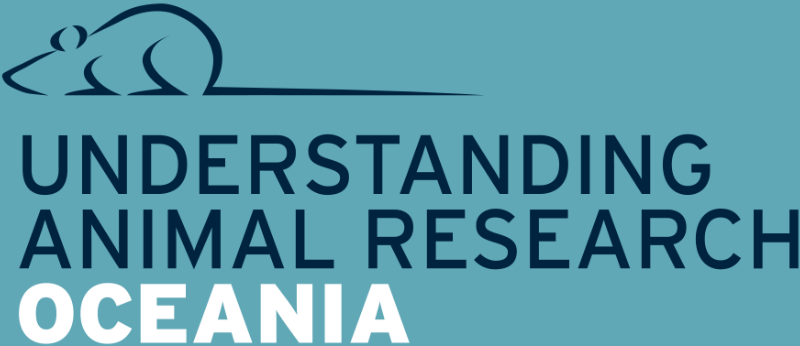Florey and Chain first tested the effects of penicillin in mice in 1940. By 1941, penicillin was being used to treat dying soldiers. This research won the Nobel Prize in 1945.
Sir Howard Florey helped to develop penicillin, which had been discovered by Sir Alexander Fleming in 1928 in the form of a rare mould calledPencillium notatumgrowing in his London lab. It fell to Florey and his Oxford team, which included Norman Heatley and Ernest Chain, to produce the drug as a stable powder and to show that it could cure mice infected by bacteria.
Had Fleming himself carried out a simple and well established animal test - the mouse protection test - the potential of his discovery might have been realised 10 years earlier, perhaps saving many thousands of lives. First described in 1911, the test was routinely used from 1927 and ultimately led to the introduction of sulphonamide (antibiotic) drugs in the 1930s.
Using the test, Florey and Chain injected eight mice with a lethal suspension of bacteria. Four were also given penicillin. The penicillin recipients survived, while the rest died, providing definitive proof that penicillin worked against serious bacterial infection. This set Florey and his team on the long road to purifying and mass-producing penicillin. Millions of people owe their lives to penicillin and other antibiotics.
IMAGE©WELLCOME IMAGES
Penicillin




